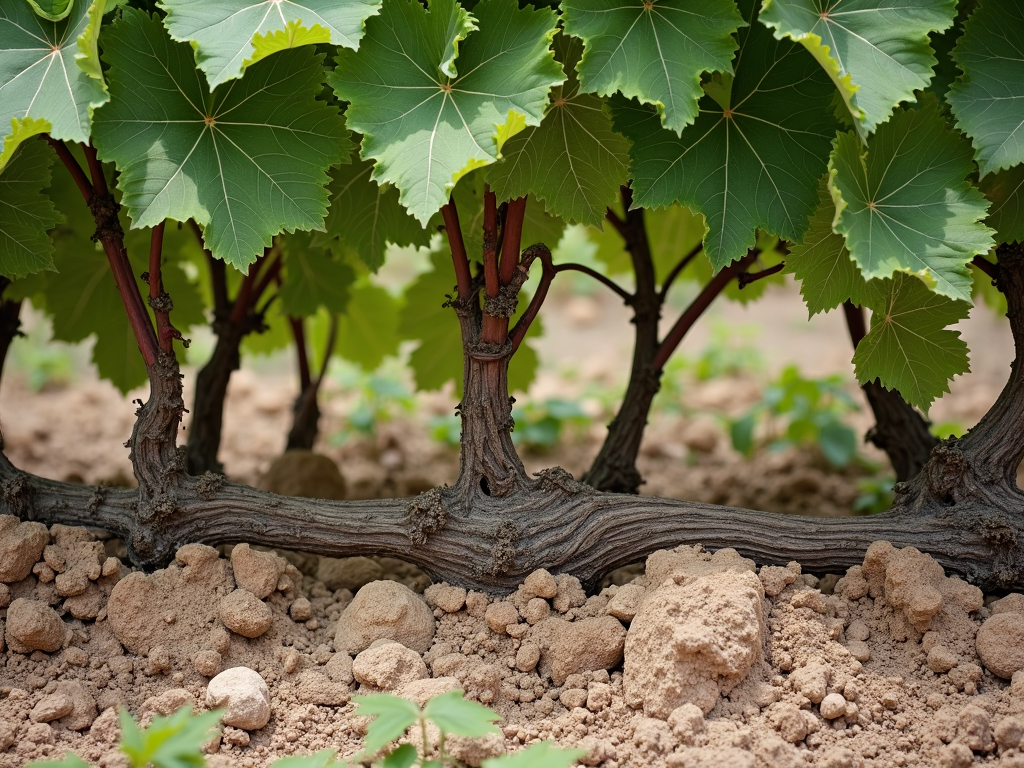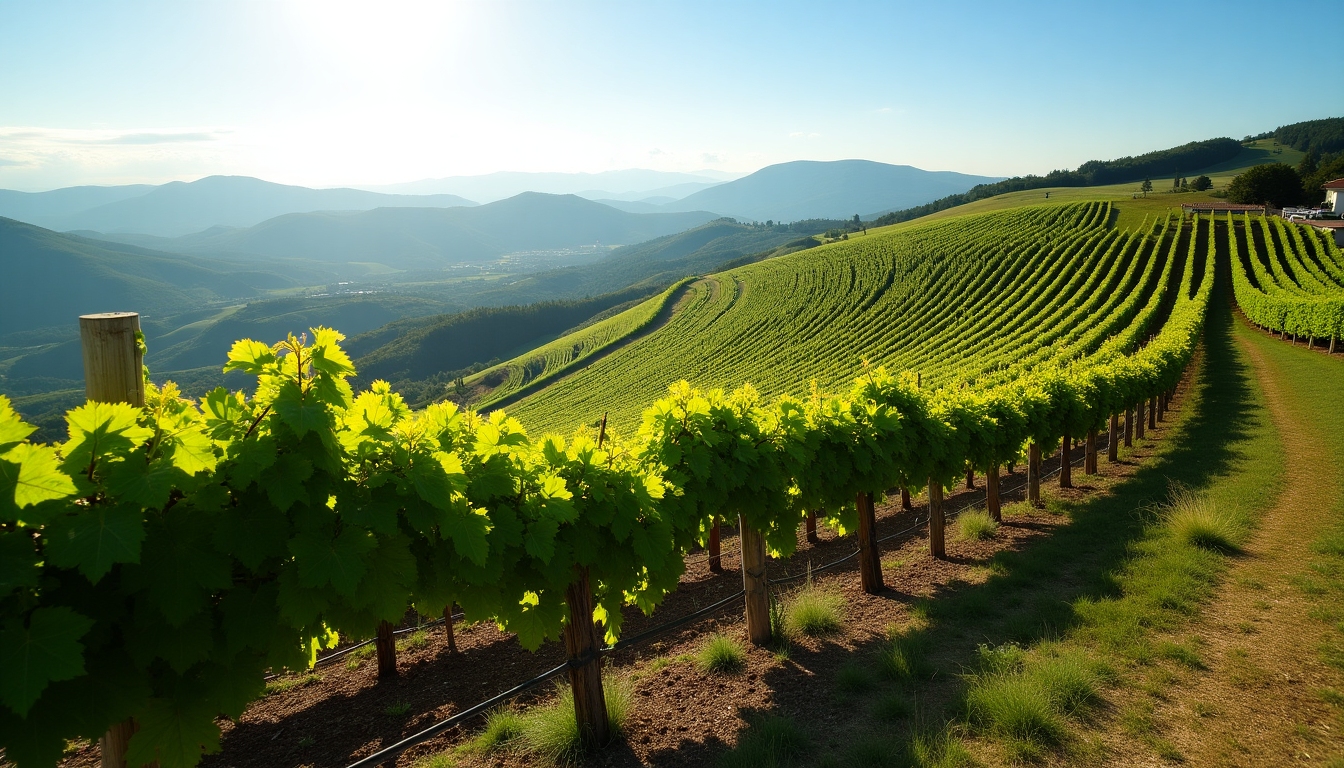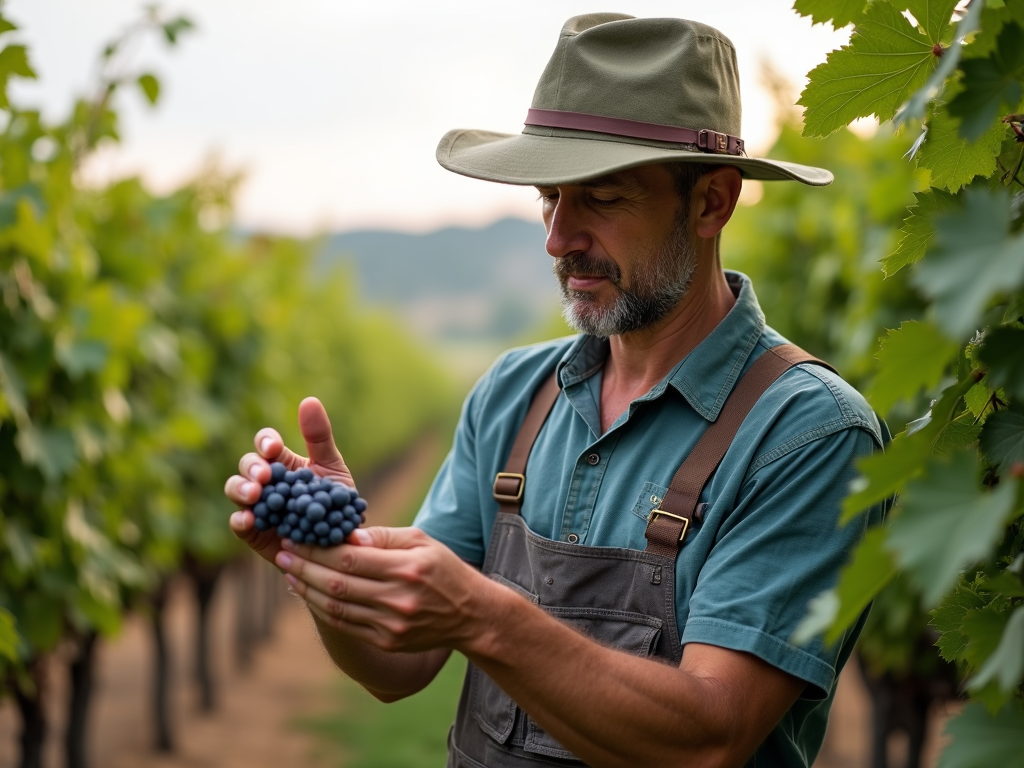Understanding the Influence of Terroir in Modern Winemaking
Terroir is a French term that encapsulates the unique environmental factors that influence the character of wine. It includes elements like soil composition, climate, topography, and even the cultural practices of the region. In modern winemaking, understanding and harnessing terroir has become a crucial aspect of producing distinctive and high-quality wines.

The concept of terroir is not new; it has been recognized for centuries by winemakers who noticed that wines from different regions had distinct flavors and characteristics. However, in recent years, there has been a renewed focus on terroir as consumers seek wines that reflect a sense of place and authenticity.
Soil is one of the most critical components of terroir. Different soil types, such as limestone, clay, or gravel, can impart unique mineral qualities to the grapes. For example, wines from regions with limestone soils often have a crisp acidity and minerality.

Climate also plays a significant role in terroir. The amount of sunlight, temperature fluctuations, and rainfall can affect the ripening process of grapes, influencing their sugar levels, acidity, and flavor profiles. Winemakers must carefully select grape varieties that are well-suited to the local climate to produce the best possible wines.
Topography, including altitude and slope, can impact the microclimate of a vineyard. Higher altitudes often result in cooler temperatures, which can lead to slower ripening and more complex flavors. The slope of the land can affect drainage and sun exposure, further influencing the grapes' development.

Human influence is another aspect of terroir. The cultural practices, traditions, and winemaking techniques passed down through generations can shape the character of the wine. This includes decisions about pruning, harvesting, and fermentation methods.
In modern winemaking, many producers are embracing terroir as a way to differentiate their wines in a competitive market. By highlighting the unique characteristics of their vineyards, winemakers can create a sense of place and tell a story that resonates with consumers.
Jackson Family Wines is a prime example of a wine brand that has successfully leveraged terroir in their winemaking process. With vineyards in various regions, including California, Oregon, and France, they emphasize the distinctiveness of each location in their wines.

Compared to other wine brands, Jackson Family Wines stands out for its commitment to showcasing terroir. While some brands may focus more on blending grapes from different regions to achieve a consistent flavor profile, Jackson Family Wines celebrates the individuality of each vineyard.
However, it's important to note that not all wine brands approach terroir in the same way. Some may prioritize consistency and brand identity over expressing the unique characteristics of a specific vineyard. This can lead to wines that are more uniform in flavor but may lack the depth and complexity that terroir-driven wines offer.
As the wine industry continues to evolve, the concept of terroir is likely to remain a central theme. With increasing interest in sustainability and organic farming practices, winemakers are becoming more attuned to the environmental factors that influence their vineyards.

In conclusion, understanding the influence of terroir in modern winemaking is essential for appreciating the diversity and complexity of wines. By recognizing the unique environmental and cultural factors that shape each bottle, consumers can develop a deeper connection to the wines they enjoy.
For those interested in exploring this topic further, here are some recommended readings:
- "The World of Fine Wine: Terroir and the Art of Winemaking"
- "Wine Folly: The Essential Guide to Wine"
- "The Oxford Companion to Wine"